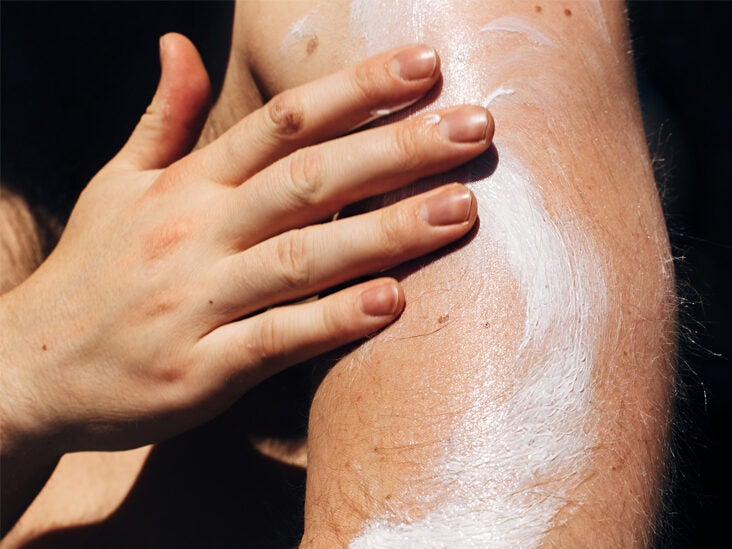Nail and skin analysis are important tools for understanding the overall health and wellness of an individual. Both nails and skin can provide valuable insights into a person's diet, lifestyle, and general health status. In this essay, we will explore the various ways in which nails and skin can be analyzed and what these analyses can reveal about a person's overall health.
Nails are made up of a protein called keratin, which is also found in hair and skin. The nails are formed in the matrix, a region at the base of the nail. From here, the nails grow outwards, covering and protecting the fingertips. Nails can be analyzed in a number of ways, including through nail bed color, shape, and texture.
The color of the nail bed can provide important information about a person's health. A healthy nail bed should be pink in color, indicating that there is sufficient blood flow to the nails. If the nail bed is pale or white, it may indicate a lack of blood flow or anemia. On the other hand, if the nail bed is red or purple, it may indicate the presence of inflammation or infection.
The shape of the nails can also provide important clues about a person's health. Nails that are curved or spoon-shaped may indicate iron deficiency or anemia. On the other hand, nails that are thick and brittle may indicate a fungal infection or a thyroid disorder.
The texture of the nails can also provide important information about a person's health. Nails that are smooth and free of ridges may indicate good overall health, while nails that are rough or have ridges may indicate a deficiency in certain nutrients or the presence of a health condition.
In addition to analyzing the nails, the skin can also provide important insights into a person's health. The skin is the largest organ in the body and serves as a barrier against external elements, such as bacteria and pollutants. The skin can be analyzed in a number of ways, including through color, texture, and the presence of any abnormalities.
The color of the skin can provide important information about a person's health. A healthy skin color should be uniform and even, with no areas of discoloration. If the skin is pale or yellow, it may indicate anemia or liver problems. On the other hand, if the skin is red or flushed, it may indicate the presence of inflammation or an allergic reaction.
The texture of the skin can also provide important information about a person's health. Smooth, clear skin may indicate good overall health, while rough, dry skin may indicate a deficiency in certain nutrients or the presence of a health condition. The presence of any abnormalities, such as bumps, rashes, or sores, may also indicate the presence of a health issue.
In conclusion, nail and skin analysis are important tools for understanding the overall health and wellness of an individual. By analyzing the nails and skin, healthcare professionals can identify any potential health issues and take appropriate action to address them. It is important to maintain healthy nails and skin, as they can provide valuable insights into a person's overall health and well-being.






.jpg)
